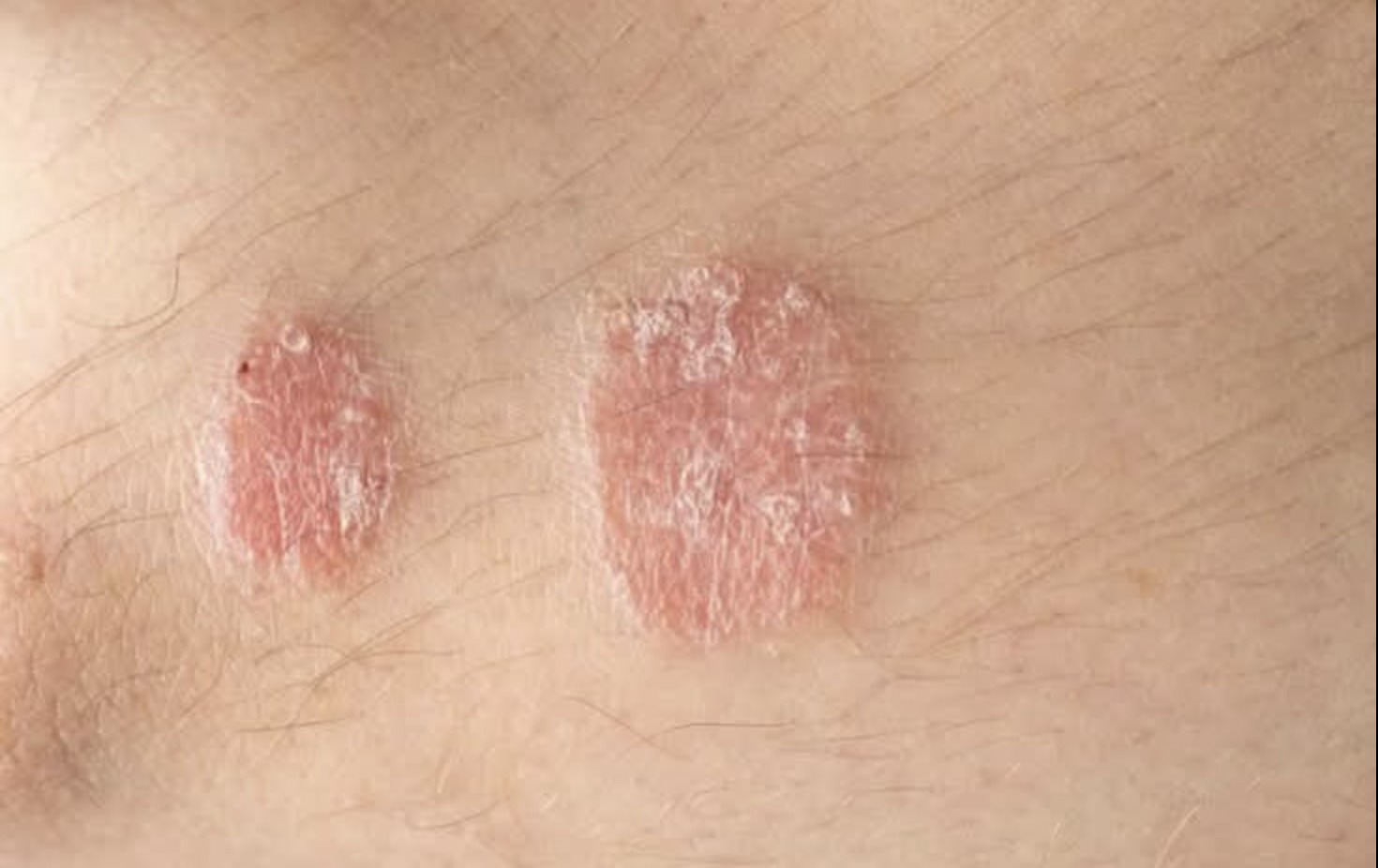Over 125 million people around the world have psoriasis, which is a long-term skin disease. Not only does it hurt the face, but it also has big effects on people’s emotions and relationships. There is still no known exact cause, but biology and external triggers are thought to be very important.
People with psoriasis have an immune system that doesn’t work right, which causes skin cells to build up quickly and cause scales, redness, and inflammation. Different signs can show up for the same condition. Knowing what they are can help you take charge of your condition.
The National Psoriasis Foundation says that there are five different types of psoriasis, and each has its own signs and traits. Keep an eye out for these five common psoriasis signs and symptoms:
Psoriasis with plaques is the most common type of the disease. It shows up as dry, itchy, raised skin areas that are covered in scales. These spots can show up anywhere on the body, but they most often show up on the knees, elbows, and head.
Guttate psoriasis is a type of psoriasis that young adults and children often get after having a bacterial infection like strep throat. Small, drop-shaped sores on the back, arms, or legs are a sign of it.
If you have inverse psoriasis, it shows up in the folds of your skin, like the groin, buttocks, and down below your breasts. It has smooth, red spots that can get worse when you rub them together or sweat.
Pustular psoriasis is a rare and serious type of the disease that is marked by red, itchy pustules on the skin. It can only happen in certain places on the body, like the hands and feet, or it can spread to every part of the body.
The most uncommon and serious type of psoriasis is erythrodermic psoriasis, which makes the skin red, flaky, and peeling all over. It can be life-threatening and often needs to be treated in the hospital.
Besides these signs, psoriasis can also affect the nails, making them thicker, pitted, discoloured, or even coming off of the nail bed. If you have psoriatic arthritis, which affects the muscles and joints, changes in your hands are often an early sign.
If you know about these signs, you can take charge of your situation and get the help you need. In the event that you experience any of these signs, you should immediately talk to a medical professional to find the best way to treat your situation.


